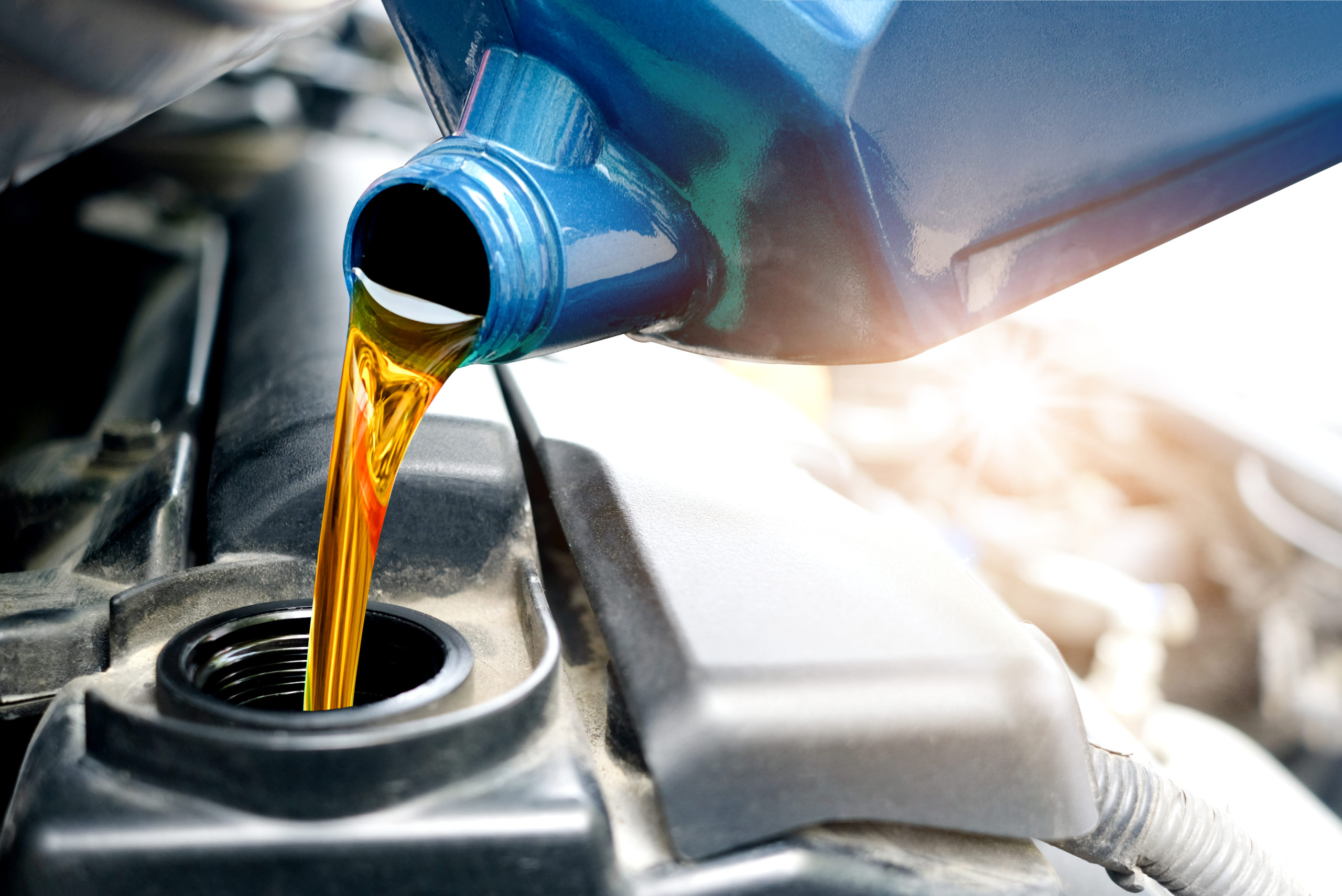Ever wonder how your car stays well-balanced, even through extreme twists and turns? Ever marvel at how smooth your ride feels, even on a very bumpy road? Your car’s shock absorbers take credit for the fact that you can barely feel every pothole you run into. Commonly known as shocks and struts, these components are part of each wheel, and they are essential aspects of your car’s safety. Both shocks and struts get worn out after a while, so it’s important to know the signs that indicate they need replacement.
What Are Shocks and Struts?
The common misconception about shocks and struts are that the two are one and the same. Though they serve a similar purpose, they greatly differ in structure. Shocks are simply tubes filled with hydraulic oil and attached to a piston, a device that allows the shock to release small amounts of hydraulic oil under great pressure to relieve the vehicle’s bouncing movement. Struts are also tubes filled with hydraulic oil, but they’re encased in spring coils that hold the car up as it moves.
A vehicle only has a set of shocks or a set of struts. There is one exception to this rule: some cars feature struts on their front wheels and shocks in the back. Still, you can’t replace a shock with a strut or vice versa, because shocks are mounted directly onto the frame of the car, while struts are attached to the steering system as well. Neither would fit the other’s mount.
Both components absorb impacts and vibrations incurred by regular driving, and they increase the amount of control you have over the car because they help you brake more smoothly. A strut is structurally tied to the rest of the car’s suspension, while a shock serves just one purpose—to absorb impact. At the core, though, both structures absorb impact through hydraulic pressure.
Signs of Wear
Instead of replacing your shocks or struts based on mileage (which is expensive and unnecessary), you can look out for these three telltale signs that your current ones are wearing down. When all of these signs are present together, your safety is dependent on their replacement.
1: Excessive Bouncing
Your car is bound to bounce a little on a topsy-turvy road, but when it continues to bounce after you’ve hit a rough patch, it’s a sure sign that your struts or shocks need replacing. Because struts feature springs, excessive bouncing may mean the springs are wearing down. While shocks don’t have spring coils, they are connected to springs through their mounts. Too much impact may mean that the shock mounts are wearing down.
2: Swaying and Dipping
If you can feel your car sway when you take a turn, or if your car is dipping (“nosediving”) as you drive, this could be an indicator that your struts need replacing. For vehicles featuring shocks, this isn’t as much of a sign of trouble, since shocks aren’t connected to the steering system. A car usually dips when the struts’ spring coils are worn.
3: Noticeable Leakage
It’s normal to find a little bit of residue around your shocks or struts: as they compress, a bit of oil is bound to leak out. If you inspect your shocks and notice that they’re covered in liquid, that’s a sure sign that they are worn out. Excessive leakage might be caused by damage to the tube casing.
Shocks and struts that perform well enable you to brake as soon as you need to. If they’re worn down, they might cause you to lose control of your car at a crucial moment. Your original shocks should last you over 100,000 miles, but just to be on the safe side, keep an eye out for the above signs so that you can replace them before it’s too late.




